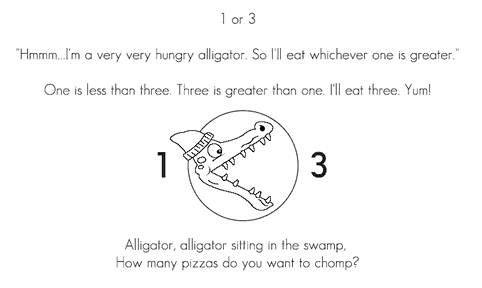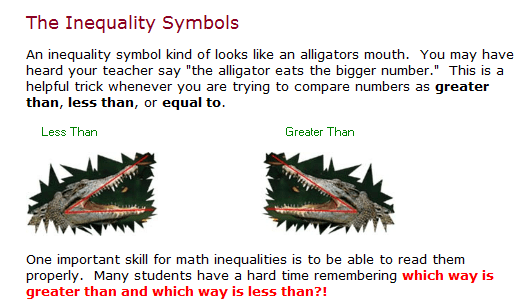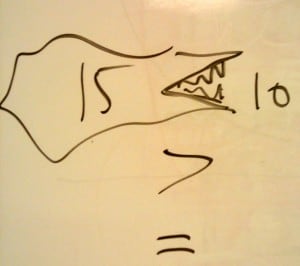A friend of mine teaches kindergarten. She’s an amazing and engaging teacher. I was, literally, just hanging out in her classroom one day while she was teaching her math lesson. When I asked what concept she would be teaching, she replied “lesson 1.8 from the KA book” – yep she’s that organized.
After the lesson, she asked me for two yeahs and two hmmms from her lesson. When I observe teachers, I try to focus more on the students’ understanding during a lesson and how that relates to what the teacher was doing. Put on the spot then, I mentioned that sometimes she spoke too quietly. I think the students missed some of the discussion. Right away, I knew that was a lame thing to say. When I do teacher observations, I typically take time reflect before sharing my thoughts. So the next day I went back with better insight.
Her lesson had been strong. There was a focus on the key concept of sorting objects into groups, manipulatives were used (stuffed animals and school supplies), there were opportunities for extension. Overall, it was a well-planned lesson. And yet, the students weren’t as engaged as I would have expected. I typically use the 5 Whys technique to get me quickly to the root of a problem. As I reflected on the lesson, my internal dialogue was:
- I noticed that the teacher sometimes speaks too quietly for the kids to hear her. Why?
- Well, actually, she’s speaking loudly, then softly. She’s trying to be very engaging to a class of new kindergarteners. Why is she working so hard?
- She can see the kids are wiggly and having trouble focusing. Why are they having this trouble?
- They are sitting at their tables, spread out across the room, four to a table, facing each other. They are focusing on each other, instead of the teacher. Why are they at tables?
- They’re at tables because they are going to work in their workbooks after the discussion part of the lesson. Aha!
So I say to the teacher:
What if the discussion (or teacher-directed) part of the lesson, with the stuffed animals and the school supplies, took place on the rug? Isn’t that where you do most of your other critical, ‘Hey kids, I need your attention work’ with the students? Then, when you are done discussing the concept, in this case, sorting objects into groups, the students can go back to their tables for the guided practice part of the lesson, and work in their workbooks.
“Doh!”, says my friend,” why didn’t I think of that? I always introduce lessons and give directions on the rug. You have changed the way I am going to teach math, forever” and then we had a High Five! moment. Because she is a friend, after all and sometimes we tend towards hyperbole…. Not all observation discussions are as full of love and happiness.
Take note, though. This teacher ASKED for feedback from a random lesson I had wandered in on and was open to ideas to improve a pretty good lesson.
And when put on the spot, I gave an analysis I might otherwise have not. Reflecting on the lesson led us to dig deeper into the what was really happening in the classroom. In the end, it yielded an “aha!” moment that will change the way the students experience this teacher’s math lessons.













